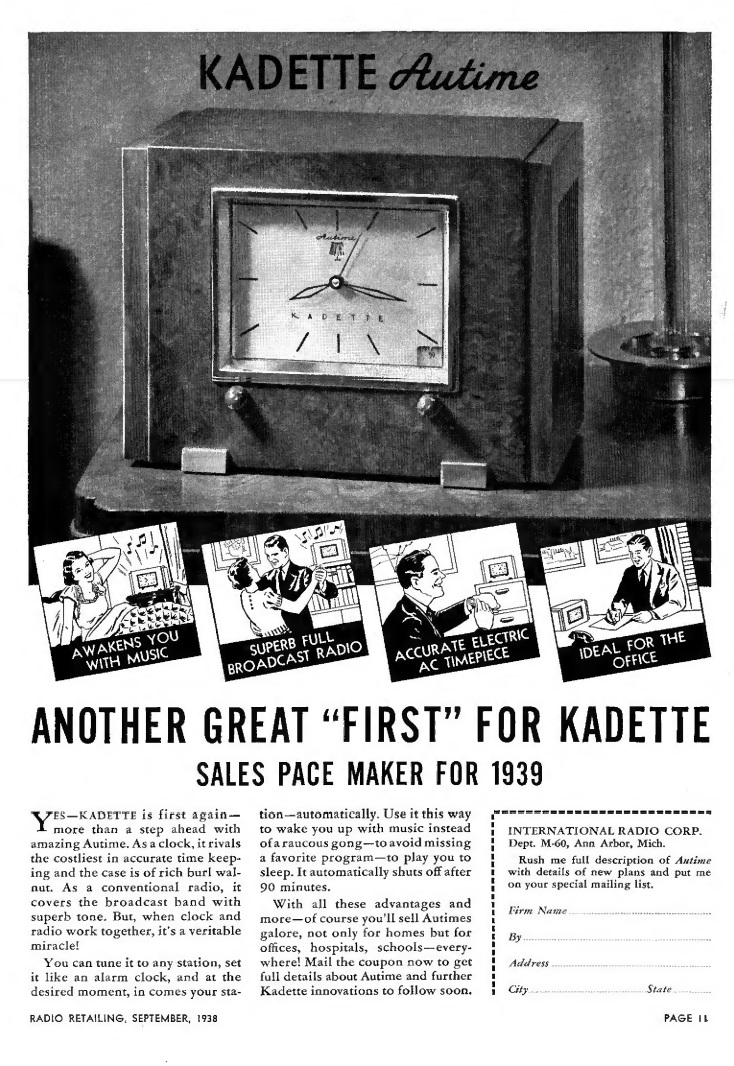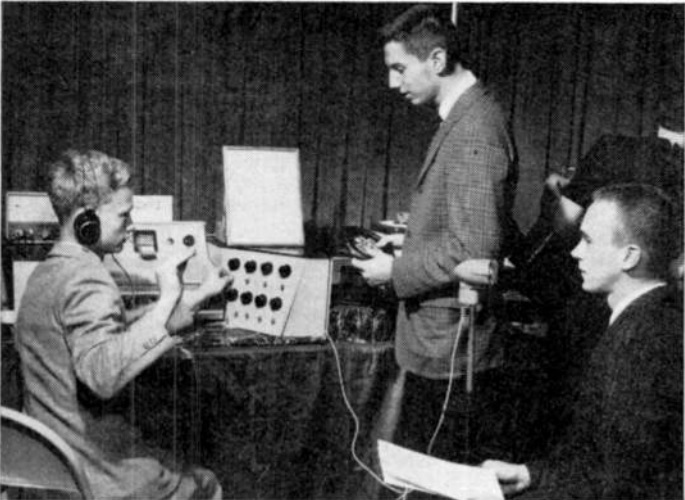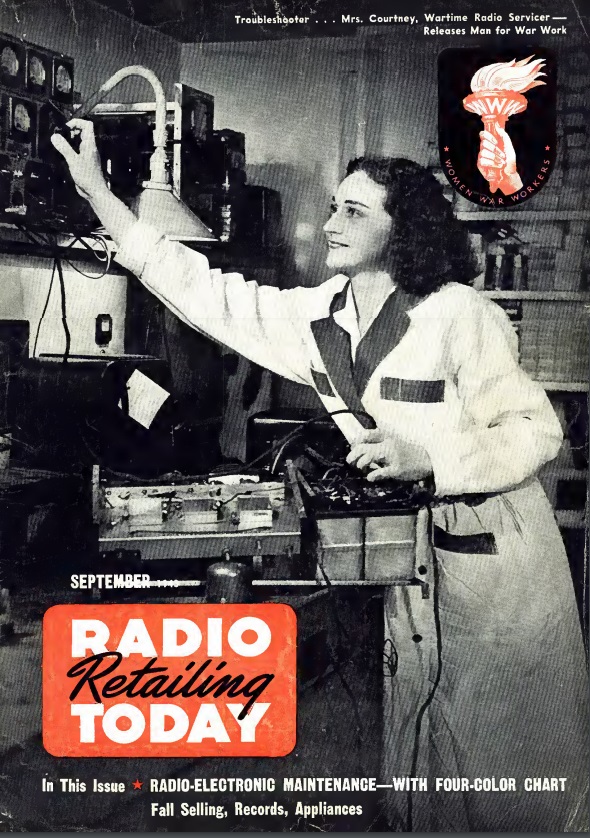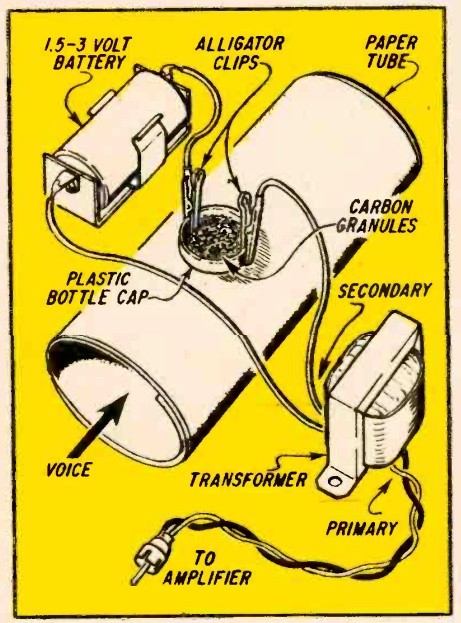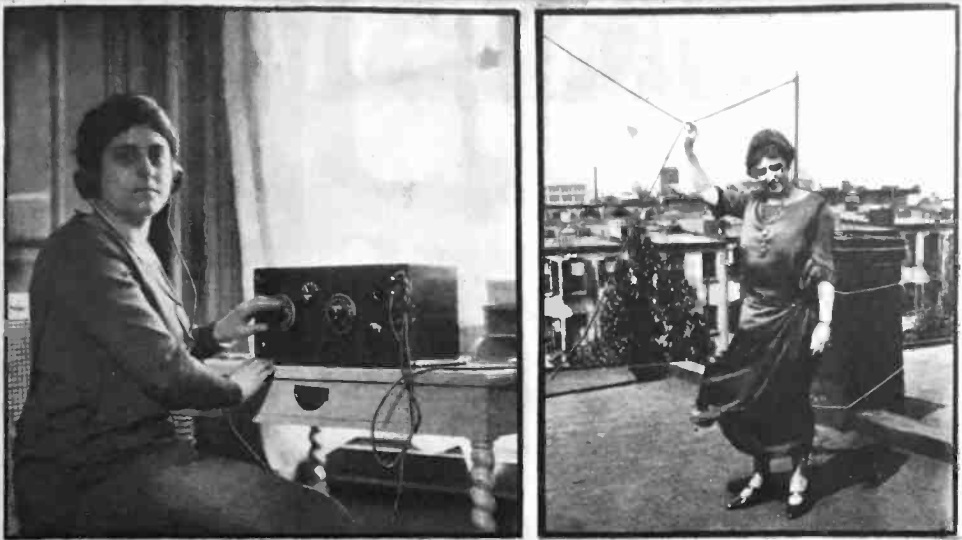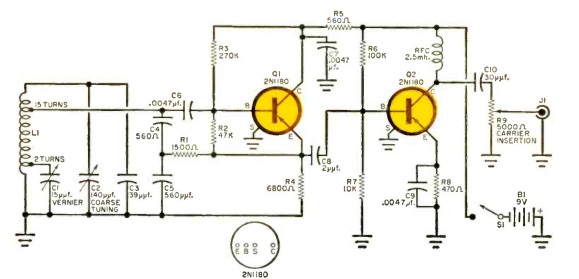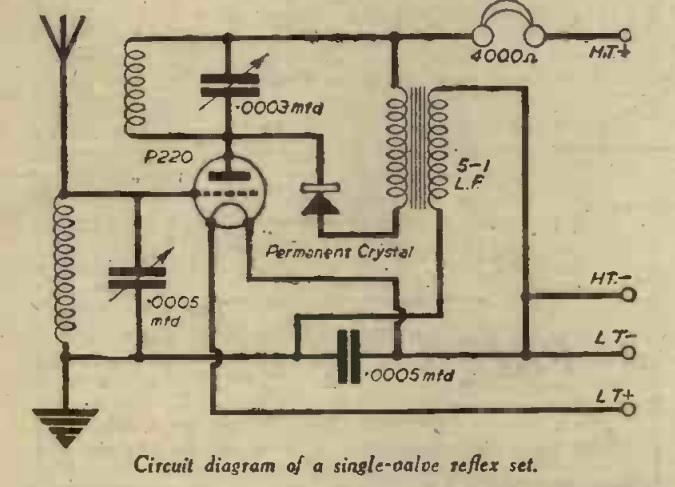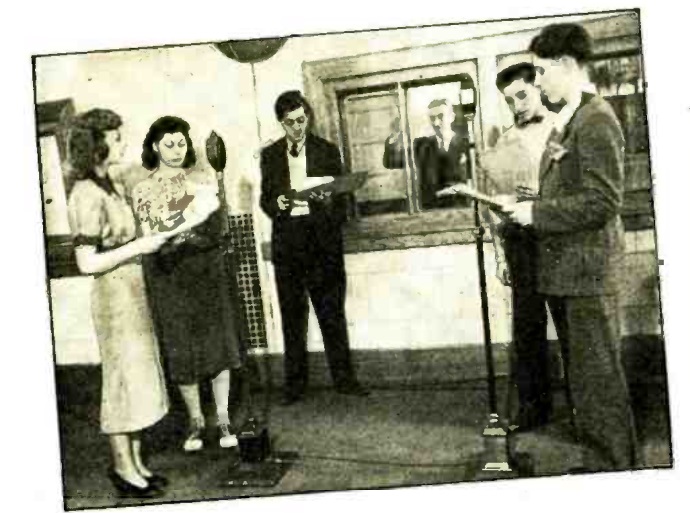 The New York city high school students shown above are presenting Macbeth over the airwaves of WNYC. They are featured in an article in the September 1938 issue of Radio Craft, which notes that a new “R” has found its way into education. In addition to Reading, ‘Riting, and ‘Rithmetic, the schools now included Radio.
The New York city high school students shown above are presenting Macbeth over the airwaves of WNYC. They are featured in an article in the September 1938 issue of Radio Craft, which notes that a new “R” has found its way into education. In addition to Reading, ‘Riting, and ‘Rithmetic, the schools now included Radio.
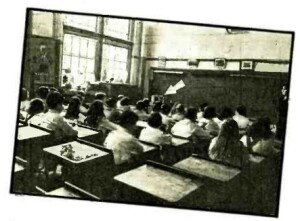 The station presented two educational programs per day–one for elementary students, and one for the high schools. The fifth graders at P.S.92, Bronx, shown here are listening to one such program, which was picked up by an ordinary receiver in the room. Not all schools were yet equipped with radio, but the plan was for every classroom in the school system to have its very own radio in the near future.
The station presented two educational programs per day–one for elementary students, and one for the high schools. The fifth graders at P.S.92, Bronx, shown here are listening to one such program, which was picked up by an ordinary receiver in the room. Not all schools were yet equipped with radio, but the plan was for every classroom in the school system to have its very own radio in the near future.
The students appearing in the programs were selected by audition, and the magazine noted that there was no shortage of volunteers.
The same issue of the magazine also carried an editorial by Hugo Gernsback, who opined that schoolroom broadcasting would afford deserving young boys and girls and opportunity for self-expression never before available. He also reminded his readers that there was a very decent profit to be made by the enterprising radio man who goes after the business in education.

